Well, Solarwinds has gone and done it again. If you recall, I blogged recently about Solarwinds Engineer's Toolset v10. You can read more about my take on that product, including many FREE Features, in part 1, part 2, and part 3 of that series.
Anyway, Solarwinds is launching, right now, a new FREE tool for all my Network Engineering/Administrator friends – the IP Address Tracker.
If you've read my blog for a while, or are new here, or are one of my friends – you know that I am a Church IT Guy (thus the clever name of this blog). I'm not cheap. I'm not spendy. I look to find the right tool for the right job – keeping an overall stewardship focus on the $$$ spent. So, when good FREE tools come along, I like to share them. Let's look a bit at the tool.
Installation
Like always, I like to share the installation process. It's helpful to see how complex and daunting it might be at first. In this case; however, Next Next Next Install is how it goes.
Um, Click Next.
Accept the EULA. Click Next.
Basic installation information. Click Next.
Verify installation location. Click Next.
Ready, Set, Install.
Wait 2 minutes. Product is installed. Click Finish.
That wasn't hard, was it? I didn't think so.
Startup And Usage
So, time to launch the program. When you do, there is a "Quick Start" tab that is automatically launched.
It basically tells you what to do to get started (thus, Quick Start).
The Quick Start tab also discusses the paid-option – the IP Address Manager – for the SolarWinds Orion product. In full disclosure, LifeChurch.tv is also an Orion NPM customer. We have licensed and use the unlimited node SLX product for monitoring our LAN and WAN.
Anyway, let's do what the Quick Start says – let's add a New Subnet. Click that button.
Let's add the subnet for my house. We'll give it a clever name (DW's House) and add the subnet (10.3.20.0) and associated mask. Click OK.
At the bottom of the screen you'll see the status. You can see the progress bar and that it's currently on IP # 46 of my network range.
When done, you'll see a nice grid layout and summary. Of 254 addresses, 8 are used on my home network right now and 246 are available. You will notice that IP Address Tracker will fill in whatever information that it can – like DNS and Machine Type and System Name, etc. If found my Cisco 871W router (see IP #1) and it found my Domain Controller (See IP #15). That's handy.
Anyway, as you add more and more Subnets, you'll get a summary of those in the left-hand pane of the Address Tracker Window.
You can see here that I've added My House, the Central/Edmond Campus Wired Subnet (Green) and the Central/Edmond Public Wifi subnet (Red). The Wifi subnet is Red because there are no active IP addresses there.
This is just the meat-n-potatoes of the product. Here are a few more highlights that you'll enjoy
- You can have multiple databases, and change those, if you so choose
- CHECK THIS OUT – You can also put the database on a shared drive and then have multiple people, using the free tool, sharing a common database. Wow!
- Import Subnet information from comma-separated or tab-separated files
- Export Subnet information into comma-separated files
- SNMP Integration to pull relevant MIB data from SNMP-enabled devices
- Multiple Horizontal Bar and Vertical Bar Tab Groups – for easy "view" of specific data
Like I said, it's a FREE product, and it's from Solarwinds. Go take it for a test drive!

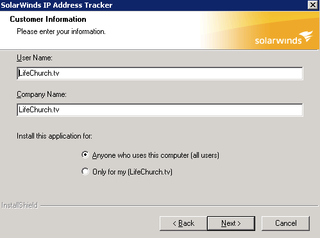
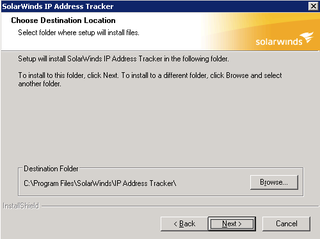
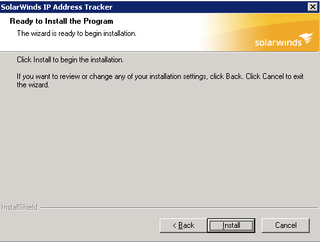
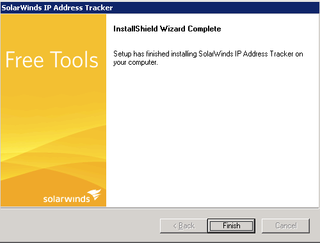
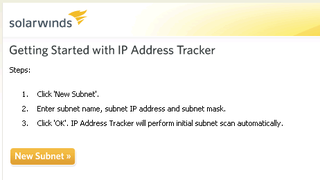
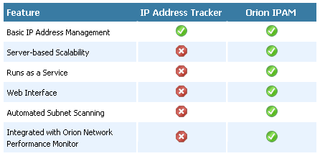
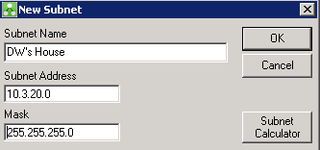

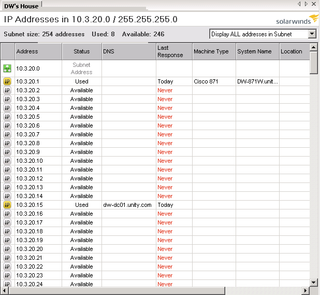
Awesome great tool! I just learned about solarwinds free tools earlier today when I was having problems with our exchange server. I’ve added this to our arsenal! Fantastic write up. Thanks again.
That is pretty nice! I think the SNMP integration could really be an especially handy feature, which I don’t think is a feature (don’t quote me) of the open source IPplan ( http://iptrack.sourceforge.net ) web-based software that I’ve heard of (via @derekschwab on Twitter) and briefly tested myself. I haven’t had a chance to dig in but I know IPplan will scan a subnet to determine what devices are there with what IPs (and MAC addresses), among other things. However, pulling from SNMP is another angle I don’t think it provides. If I have the time I’ll have to test both when I get the chance; thanks for the write-up Daryl!
IPplan is used by Lending Tree in Charlotte, NC per a recent article in Network World ( http://www.networkworld.com/newsletters/nsm/2009/041309nsm2.html ) which is nice…so often open source stuff (which I love in general) doesn’t get any corporate adoption unless it’s one of the “big names.” Of course the SolarWinds stuff (free and otherwise) will be used by a ton of people…they ARE one of the “big names” 🙂 (Just not open source.)
I second IPPlan. It is truly free software that is easy to use for large teams. It is web based so it is available without installing any client, and stores the information in a non-proprietary format, so you can easily migrate. Integrates with LDAP (via Apache), SNMP, ICMP, groups, and more.
It isn’t pretty though… but powerful.
http://iptrack.sourceforge.net
Lots if IP address trackers available.
I’m trying to figure out how to import the subnet information from the native exports. IE if you have a subnet set up and commented, should you not be able to export that for use in rebuilding the information if you need to (disaster recovery)? I don’t think you can, please tell me I’m wrong and how to do it! Thanks.